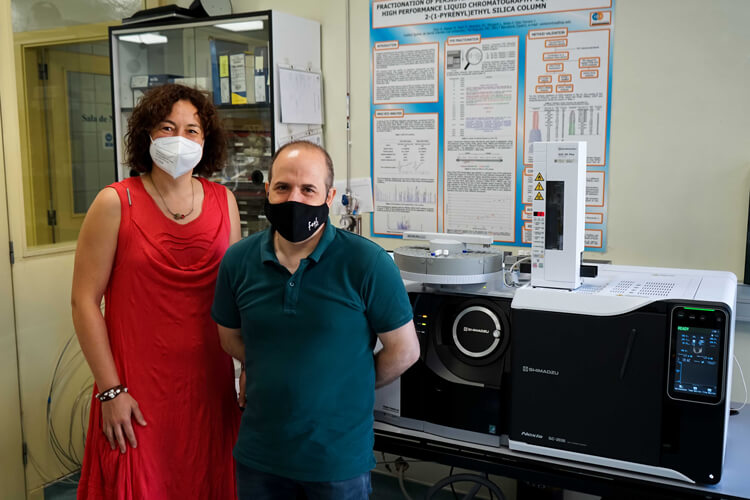TQ-GCMS/MS, an Alternative Technique for Dioxin Analysis

Dioxin analysis has been a topic of environmental and food interest for decades. To handle the delicate analysis of these molecules, expensive and complex high resolution mass spectrometry (HRMS) techniques have been accepted as analytical standards. The evolution of less complex techniques such as gas chromatography coupled to triple quadrupole mass spectrometry (TQ-GCMS/MS) now allow this issue to be addressed in an easier, more economical manner. Although TQ-GCMS/MS has recently been confirmed as an official method, this new option still has a long way to go in being ready and becoming a real alternative.
Shimadzu and IQS have signed a collaboration agreement to explore this new possibility. The IQS Environmental Laboratory has recognized prestige in dioxin determination and analysis, with extensive experience in analysing the different types of samples and matrices. In 1999 it became the first accredited laboratory in Spain for the analysis of dioxins in atmospheric emissions, and in 2004 for the analysis of products for human and animal consumption. During this time, the laboratory has continued working on the determination of dioxins, furans, PCBs, and other persistent organic compounds, accounting for more than 22,000 analysed samples. This environment is ideal for evaluating the new analytical alternative proposed.
Within the framework of this collaboration, Shimadzu has given IQS, through Izasa Scientific, a TQ-8050 NX device, a triple quadrupole GC-MS with enhanced specifications. Among other technological innovations, it incorporates a highly sensitive optimized ionization source. Shimadzu has been leading this new analysis strategy for years thanks to being at the forefront of instrumental development and offering highly sensitive equipment that allows it to meet this challenge with guarantees.
For an entire year, the experts from the IQS Environmental Laboratory, along with the application specialists from Izasa Scientific, will develop optimized methodologies to analyse dioxins in different samples. Reaching conclusions on the advantages and limitations of this new way of analysing dioxins will also be among this working group’s objectives.
Ramón Martí, head of the IQS Environmental Laboratory stated that “from an analytical point of view, this is undoubtedly a future technique for determining this type of contaminant with GC-MS. The TQ-8050 NX device has the same specificity that we have had up to now, but with increased sensitivity and much easier handling.”

